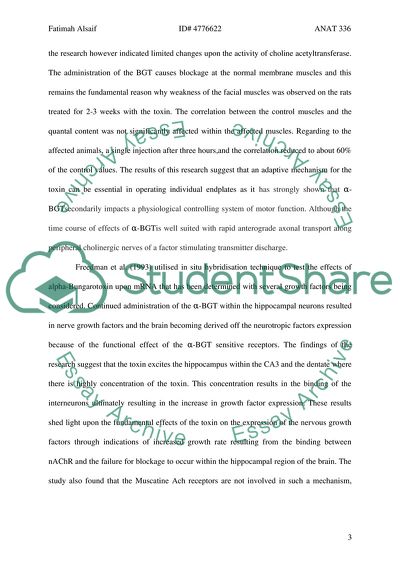Cite this document
(Alpha Bungarotoxinand Neurotransmissions Report, n.d.)
Alpha Bungarotoxinand Neurotransmissions Report. https://studentshare.org/health-sciences-medicine/1826590-neurotoxins-and-neurotransmission
Alpha Bungarotoxinand Neurotransmissions Report. https://studentshare.org/health-sciences-medicine/1826590-neurotoxins-and-neurotransmission
(Alpha Bungarotoxinand Neurotransmissions Report)
Alpha Bungarotoxinand Neurotransmissions Report. https://studentshare.org/health-sciences-medicine/1826590-neurotoxins-and-neurotransmission.
Alpha Bungarotoxinand Neurotransmissions Report. https://studentshare.org/health-sciences-medicine/1826590-neurotoxins-and-neurotransmission.
“Alpha Bungarotoxinand Neurotransmissions Report”. https://studentshare.org/health-sciences-medicine/1826590-neurotoxins-and-neurotransmission.


